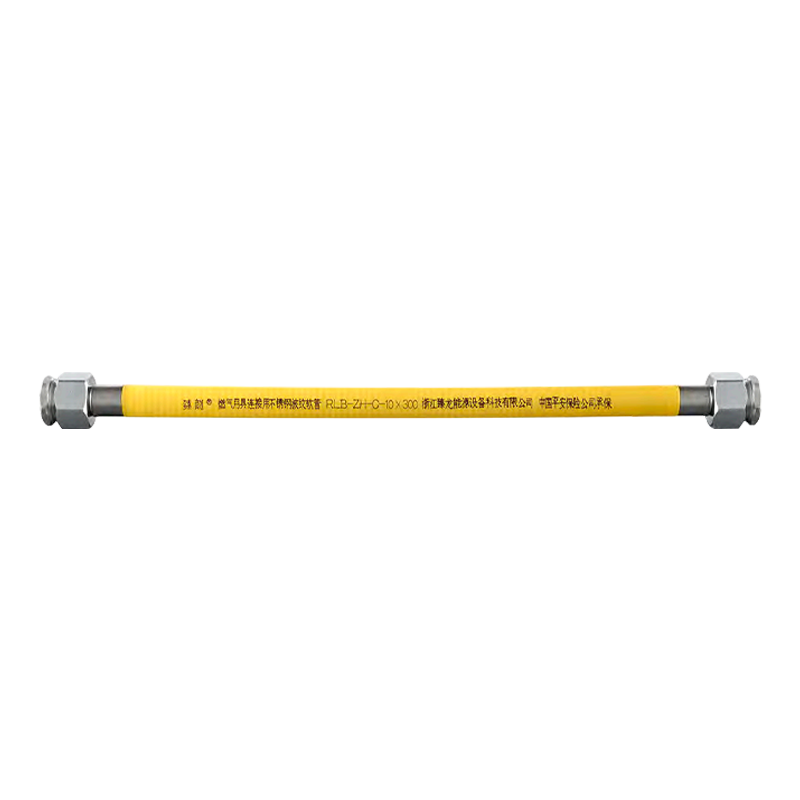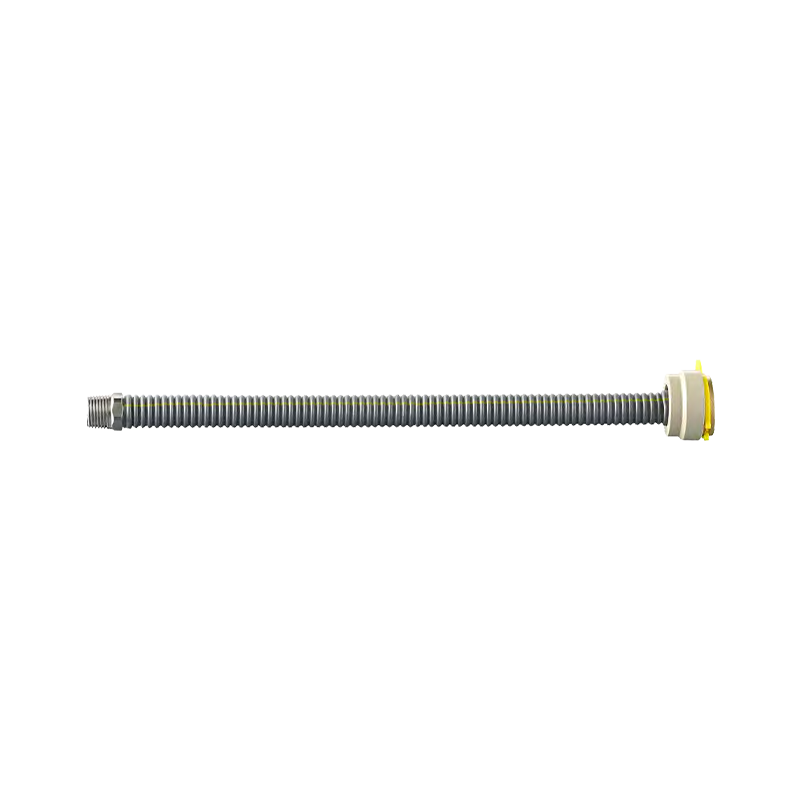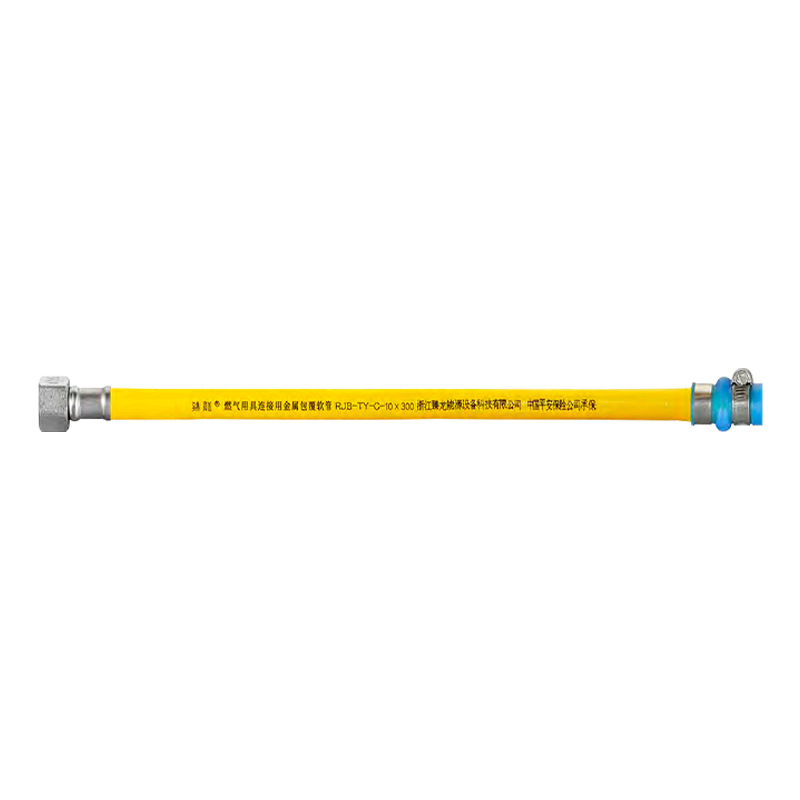The emergency cut-off function of the gas single nozzle valve is a safety feature of its product. It achieves rapid response and self-locking protection through multiple mechanisms, mainly relying on electromagnetic drive, mechanical linkage and pressure sensing technology. The following is an analysis of its workflow:
1. Normal standby and trigger mechanism
Under normal gas supply, the gas single nozzle valve is in the normally open mode, and the electromagnetic coil remains de-energized to save energy. When the system detects an emergency such as gas leakage, abnormal pressure or external fire, it triggers a signal and starts the cut-off action.
2. Electromagnetic self-locking
After the coil is energized, the valve closes and enters the self-locking state. Even if the power is off or the signal disappears, the valve disc remains closed by magnetic force or mechanical buckle to prevent accidental opening. For pressure-sensitive valves, when the pipeline pressure is lower than the safety threshold or exceeds the upper limit, the pressure difference in the valve drives the diaphragm to deform, triggering the mechanical locking mechanism to cut off the airflow without external power supply.
3. Multiple safety designs
Some valves have built-in fusible alloy plugs, which melt when the ambient temperature reaches 70-100℃ (depending on the model), release the pressure of the pneumatic actuator, and the spring force drives the valve to close, which is specially used in fire scenes. In an emergency, you can manually press the red handle to force the valve to close; after the accident is handled, you need to manually pull the reset rod to restore the gas supply to ensure operational safety.

 English
English 中文简体
中文简体 Español
Español عربى
عربى














